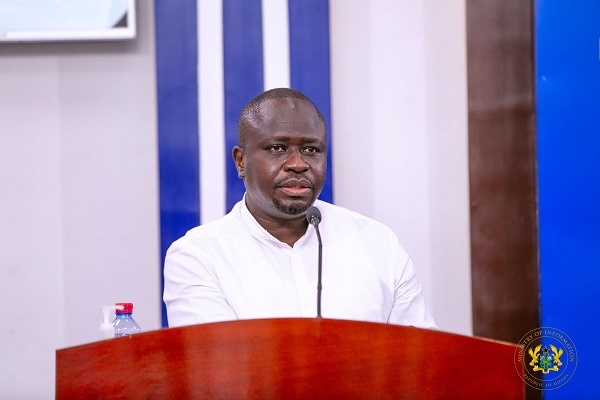The maiden Ghana Statistical Service (GSS) quarterly report on Annual Household Income and Expenditure Survey (AHIES) 2022 has revealed that of the employed population, a colossal 67.6 percent are engaged in vulnerable employment.
In other words, about two-thirds of the employed population, thus people 15 years and older numbering over 12 million are engaged in vulnerable employment – which is explained by the GSS to be a type of work that is precarious or not secure.
The report also showed significant variation across urban areas and rural areas, with rural areas representing 80 percent of such population. Similarly, when it comes to regional breakdowns, the North East Region recorded the highest rate with 89 percent followed by Savannah with 88.6 and Northern with 83 percent. Greater Accra recorded the lowest with 47.6 percent.
In the gender breakdown, 77.7 percent are female and 56.2 percent are male.
Government Statistician, Prof. Samuel Kobina Annim, said those engaged in this type of employment are usually characterised by inadequate earnings, low productivity and difficult conditions of work which undermine workers.
This means that though a majority of the working population is engaged in productive or economically active activity, the work they are doing is unsustainable and susceptible to fluctuations.
Poverty Levels
The AHIES report further revealed that among persons in the labour force (15 years and older), about 380,000 representing 3.2 percent are triply burdened – thus they are simultaneously food insecure, multi-dimensionally poor and unemployed.
The breakdown shows that out of the 12 million people who fall within the working population, 2.5 million representing 21 percent are food insecure; meaning they lack the needed financial resources for food at the household level.
Similarly, 527,000 are unemployed and 1.5 million which represents 12.9 percent are multi-dimensionally poor. The Multidimensional Poverty Measure (MPM) seeks to understand poverty beyond monetary derivations. It encompasses the various deprivations experienced by poor people in their daily lives – such as poor health, lack of education and poor living conditions.
So, a person is said to be multi-dimensionally poor if one is deprived in at least one-third (33%) of the weighted indicators.
“About 390,000 persons unemployed in quarter-one remained unemployed in quarter-two of 2022. Also, between the first and second quarters of the year, about 445,000 persons (15 years and older) outside the labour force joined the number of unemployed persons.
“Again, close to 850,000 persons employed in quarter-one transitioned to unemployment status in quarter-two while more than 500,000 unemployed persons gained employment over the same period,” Prof. Annim said.
Senior Advisor to the Vice President, Prof. Kwaku Appiah-Adu – who chaired the meeting, remarked that a sound evidence-based date is critical for policy formulation and decision-making by development partners, hence the AHIES report’s importance for government.
“We have great challenges and great opportunities. I do not doubt that the comprehensive quarterly labour force, food insecurity and multi-dimensional poverty report obtained will support government in evidence-based decision-making and policy design of its programmes and projects for development and a more robust outlook of the Ghanaian economy,” he said.
The AHIES Report
The Annual Household Income and Expenditure Survey (AHIES) is the first nationally representative high-frequency household panel survey in Ghana. The AHIES is being conducted to obtain quarterly and annual data on household final consumption expenditure and a wide scope of demographic, economic and welfare variables: including statistics on labour, food security, multidimensional poverty and health status for research, policy, and planning.










